
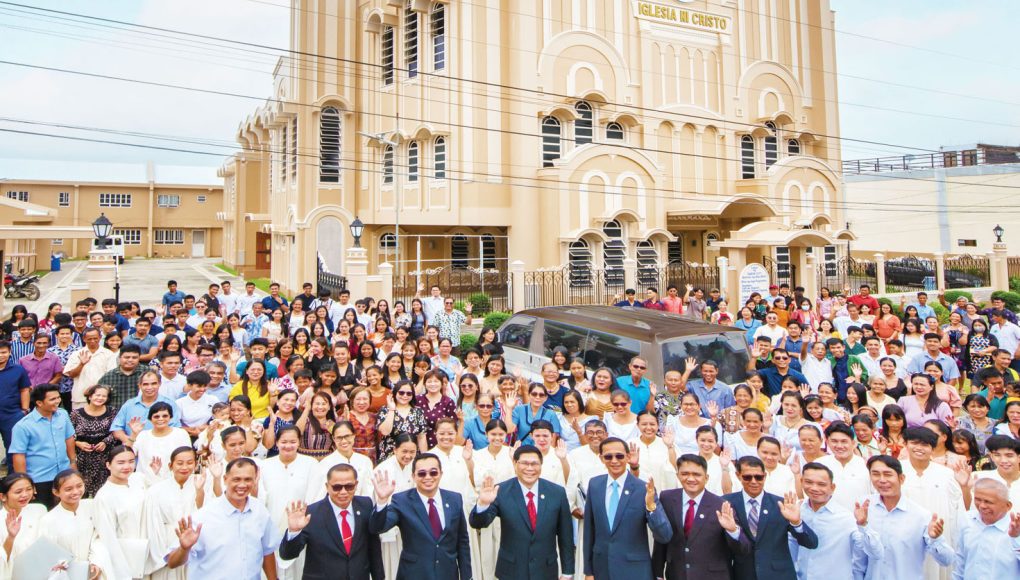
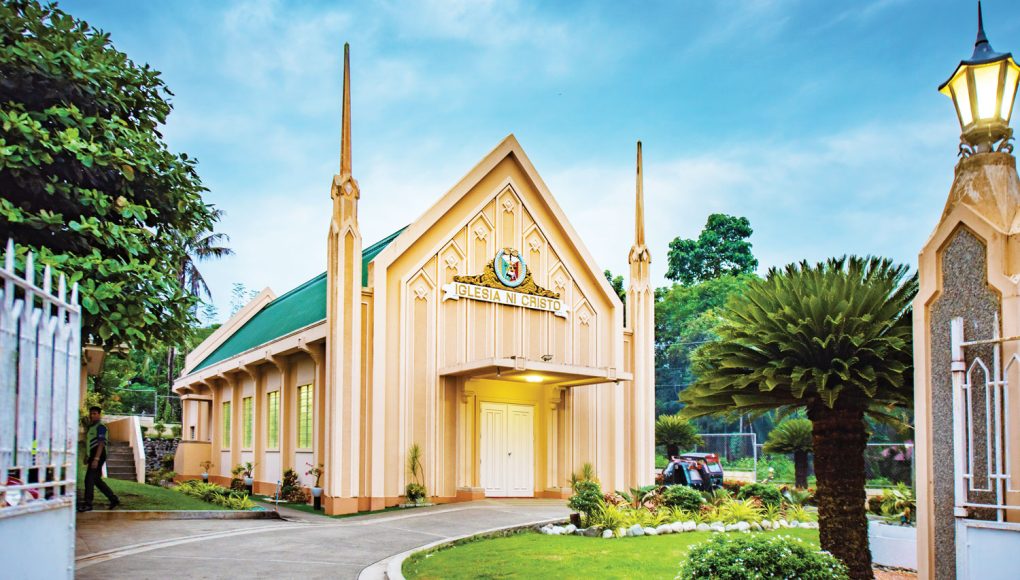
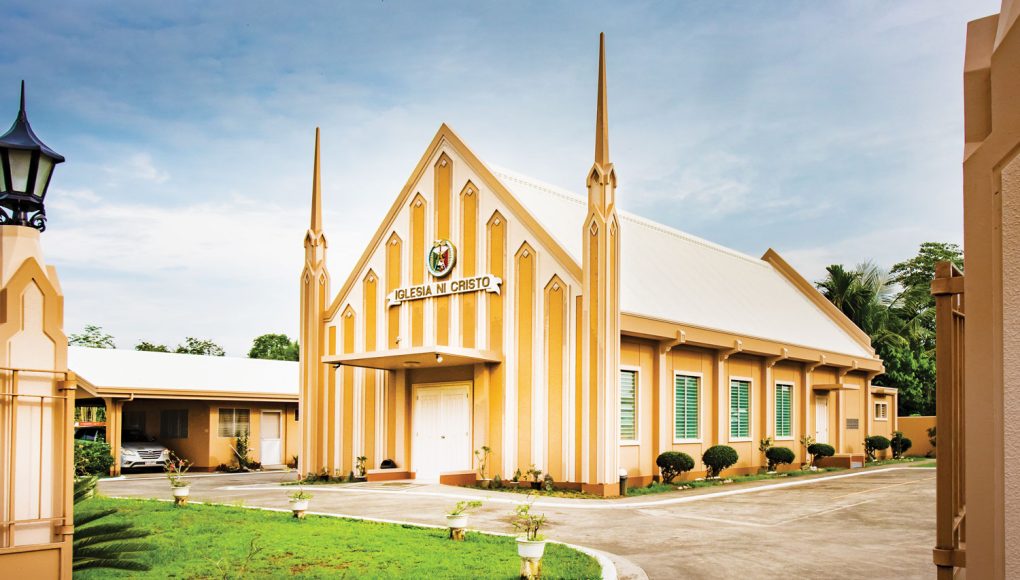
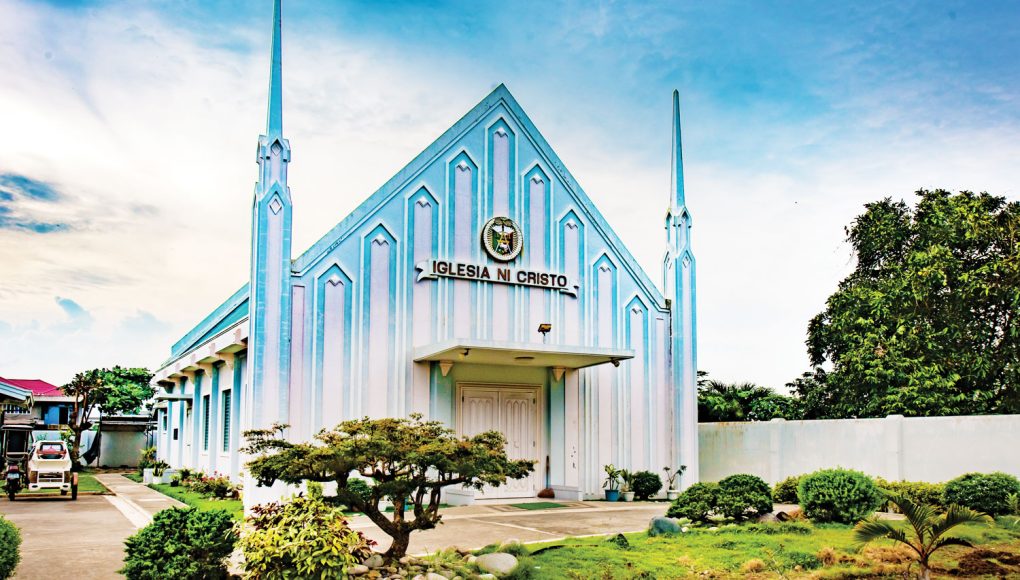
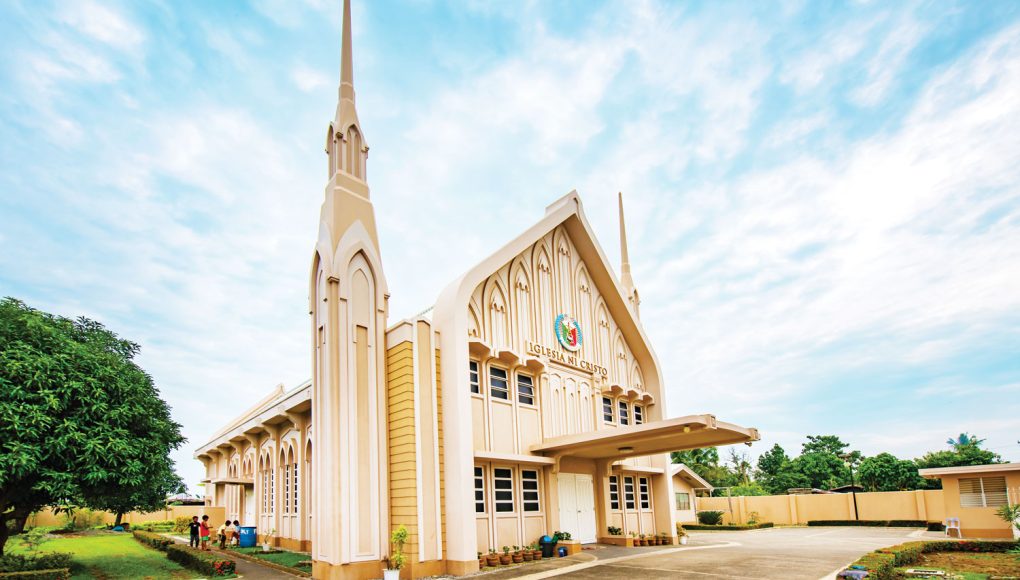
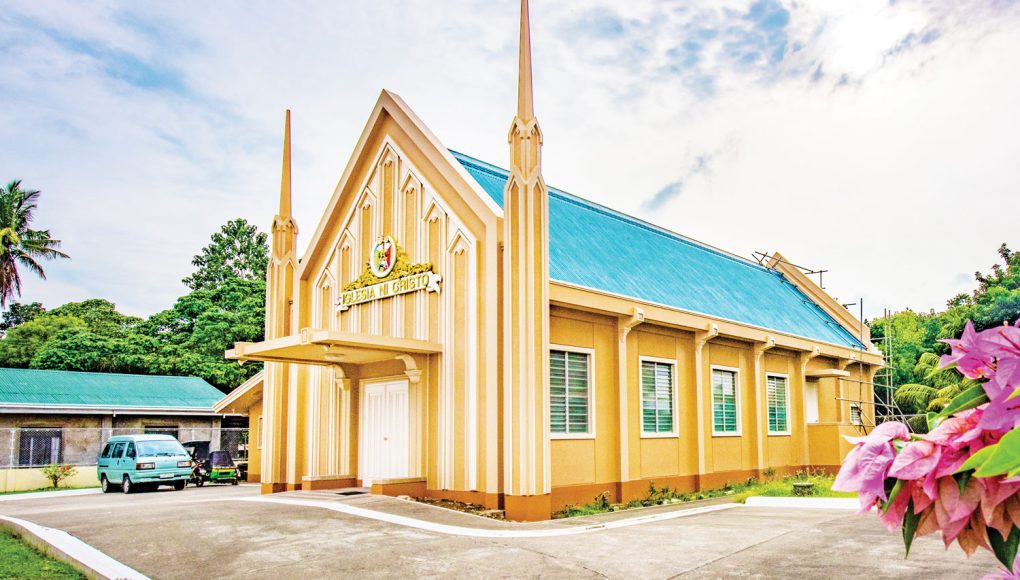
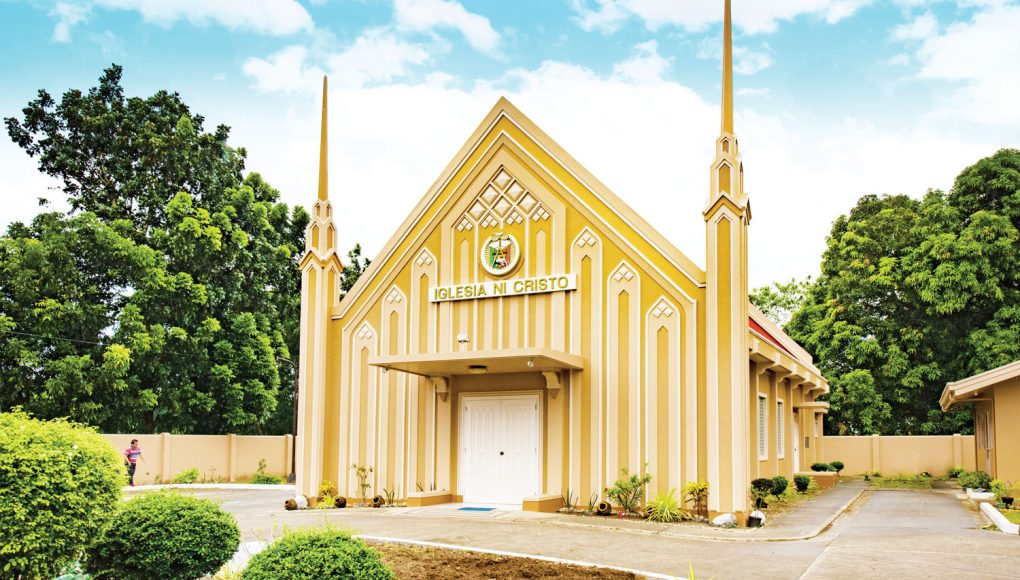
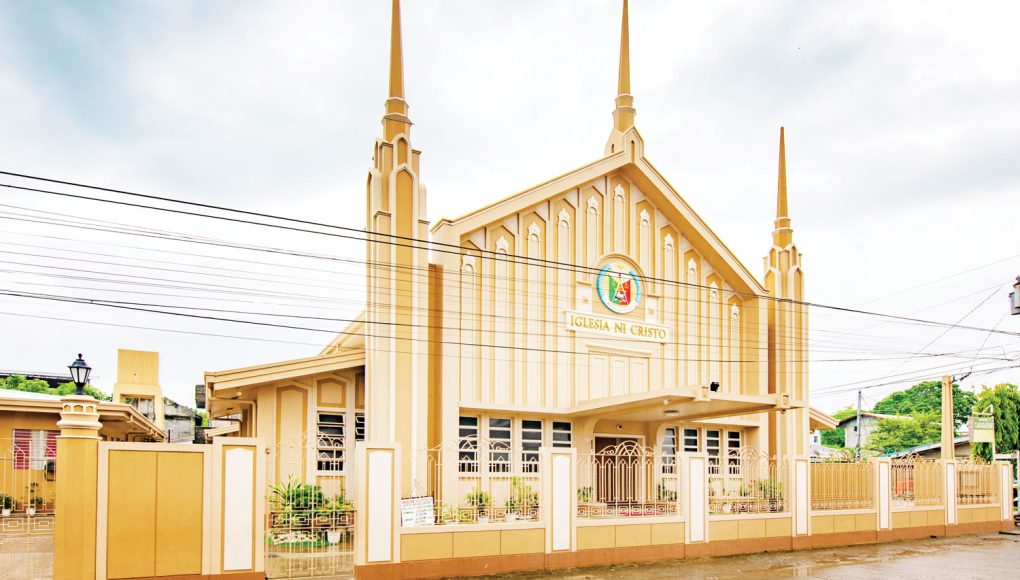
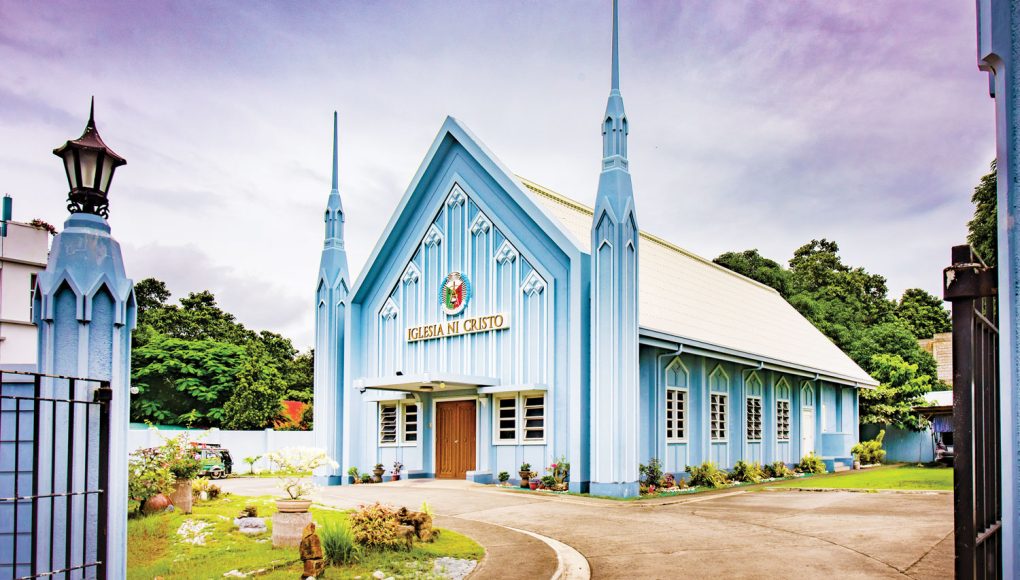
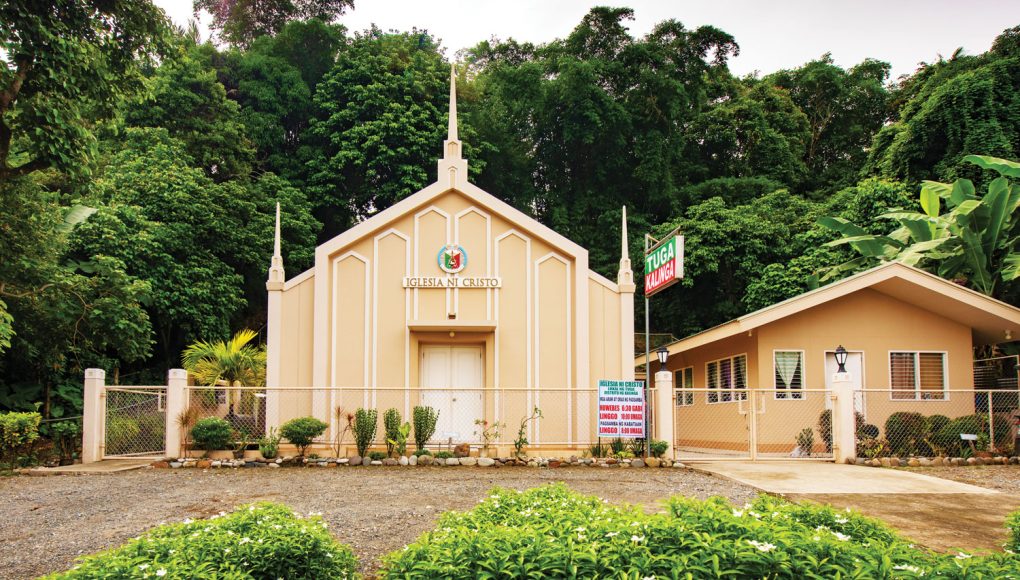
IN THE NORTHERN PART of the Cordillera Administrative Region (CAR) on the island of Luzon, Philippines, lies the landlocked province of Kalinga. Renowned for its natural wonders, breathtaking landscapes, and towering mountains that shelter its pristine beauty, Kalinga also stands out because of its people, who deeply cherish and preserve their arts, culture, and traditions. Regarded as “the strong people of the Cordilleras,” the Kalingans are known for their devotion to family values, friendship, and mutual respect, earning admiration both in the past and in the present.
Kalinga comprises its capital city, Tabuk, and seven municipalities: Balbalan, Lubuagan, Pasil, Pinukpuk, Rizal, Tanudan, and Tinglayan. Originally part of Mountain Province, Kalinga became an independent province on February 25, 1997, when it separated from Apayao, then known as Kalinga-Apayao. While the term “kalinga” comes from the Ibanag word meaning “fighter” or “headhunter,” it carries a gentler meaning in Tagalog, translating to “care” or “compassion.”
The history of the Iglesia Ni Cristo (Church Of Christ) in Kalinga dates back to 1953, when Brother Felix Y. Manalo instructed Brother Donato P. Dagdag, then the supervising minister of the Ecclesiastical District of Isabela, to send a minister of the gospel to Tabuk, which was just a town at the time, to gather Church members for the worship services and to begin propagating the true faith. Brother Norberto Acosta was sent to Kalinga to meet with Brother Fructoso Cablinga, a Church member who migrated from Nueva Vizcaya to Kalinga with his family. He was the one who wrote to the Church Administration, requesting that a minister be sent to Tabuk.
On June 12, 1953, the first worship service in Kalinga, which was attended by 32 pioneering members and was officiated by Brother Acosta, was held at the house of Brother Cenon Muscoso Sr. This momentous event marked the establishment of the Local Congregation of Casigayan (formerly Tabuk). The Church Administration appointed Brother Acosta as the congregation’s first resident minister, and Brother Cablinga as the first head deacon.
By September 1953, more ministers and ministerial workers were assigned to Kalinga, further fueling the success of the Church’s propagation efforts with God’s guidance. They led the preaching of God’s words across different areas, resulting in more people embracing the true faith and being baptized into the Church.
A few years after the establishment of the congregation in Tabuk, the Church Of Christ reached the town of Rizal, which was then part of Mountain Province. Despite facing persecution and enduring long, frequent travels by foot—about 25 kilometers from Casigayan—Church members in Kalinga remained steadfast in sharing their faith and spreading the good news of salvation. Their efforts led to the establishment of the Local Congregation of Rizal (formerly Babalag) on January 30, 1959.
From this significant milestone, the Church continued to grow in various towns and barangays across Kalinga. The work of propagation flourished, leading to the establishment of more congregations, including those in Tabuk City (formerly Bulanao), Calaocan (formerly Liwan), and Tuga. This growth demonstrated the unyielding commitment of the brethren who, through God’s guidance, persisted in their mission to spread the true faith despite the challenges they faced.
The mission of the Church Of Christ thrived not only in the flatlands but also in the mountainous areas of Kalinga. From 1979 to 1980, many people converted to the Church in Paracelis, Mountain Province, leading to the establishment of the Local Congregation of Paracelis on March 20, 1980.
In June 1984, brethren who worked in busy towns but lived in the remote area of Sumadel invited ministers to preach in their homes, encouraging their neighbors to listen. Brothers Reynaldo Castillon and Alfredo Bugay, ministers of the gospel assigned in Benguet, were sent by the Church Administration to conduct evangelical missions in Sumadel where more people embraced the true faith.
Despite the hardship of traveling over 50 kilometers through dangerous mountain slopes and dense forests, the brethren’s dedication to worship remained unwavering. With God’s help, the Local Congregation of Sumadel was formally established in October 1984, followed by the establishment of the Bangad Local Congregation in 1985.
The perseverance of the brethren from the various local congregations in Kalinga resulted in the Church’s continued expansion across different towns and barangays. On October 12, 1997, during a worship service led by Brother Arnel A. Tumanan, a minister of the gospel sent by the Church Administration, a larger house of worship in the Local Congregation of Tabuk City (formerly Bulanao) was dedicated to God. This momentous occasion also marked the establishment of the Ecclesiastical District of Kalinga.
The newly formed district, previously under the Cagayan South Ecclesiastical District, initially comprised 11 local congregations and six extensions spread across the provinces of Kalinga, Apayao, and Mountain Province. Brother Lincoln C. Gabriel was assigned as its first district supervising minister.
All the more inspired in fulfilling their duties to God, the brethren in Kalinga steadfastly continued to participate in the Church’s propagation efforts, by going to towns and municipalities that had not yet been reached by the Church.
During the late 1990s and early 2000s, many local congregations were established in Kalinga, resulting from the significant increase in the number of members. The local congregations of Agbannawag (February 1995), Cabaruan (October 1995), Bayabat (April 2002), Conner (April 2002), and Balong (September 2006) were added to the district.
To care for the brethren living in remote barangays (villages), extensions were also established so they would not have to travel long distances to attend the worship services. With God’s help, the Church Administration approved the formation of the extensions in Banilag (1999) and Daga (2002), along with others that followed as Church membership continued to increase.
The successive construction of magnificent houses of worship in Kalinga not only strengthened the zeal and fervor of the brethren but also stirred the curiosity of nonmembers. In 2007 alone, the houses of worship in Bayabat, Balong, and Calaocan were dedicated to God. Other congregations followed, including the magnificent house of worship in the Local Congregation of Tabuk City, which was dedicated to God on May 18, 2013, that can accommodate more than 500 worshipers.
Following the Church’s centennial anniversary in 2014, several extensions were established, including those in Pinukpuk Junction, Dilag, Malagnat, Liwan Norte, Tanudan, Buluan, Butbut, and Cassag, as well as the local congregations of Palao, Lubuagan, and Butigue. In 2020 and subsequent years, the Church Administration approved the formation of group worship services (GWS) for smaller groups of brethren who lived far from the nearest house of worship. This initiative of creating additional venues for worship services further opened doors for more people to join the Church.
The strength and devotion of the Kalingan brethren are augmented by the unity and brotherhood they uphold as members of the Church Of Christ. Their growing membership reflects not only a numerical increase but more so a profound growth in faith that reverberates within the hearts of all true members of the Church. Despite numerous challenges that have tested their faith, the brethren have persevered with unwavering dedication to the Almighty Father. They have refused to let these trials hinder their worship services to Him.